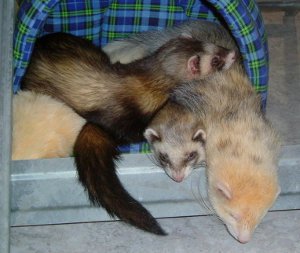
Back in 2003, four people got sick and died from the H5N1 strain of bird flu in China. And that wasn’t the last time either. Every few years, new cases reappear and around 60% of the infected people die.
Meanwhile, even when it isn’t infecting people, the bird flu continues to percolate in all sorts of domestic and wild birds, spreading and evolving. Millions of birds have died from the disease and millions more have been slaughtered, with the latest outbreak being in Japan where they’ve just killed 112,000 chickens.
Ever since it first appeared, scientists have worried that the bird flu would turn into a pandemic similar to the Spanish Flu that killed somewhere between 50 and 100 million people at the end of World War I. For now, the fact that it only spreads from birds to people has kept this deadly disease in check. But as a new study in the leading journal Cell shows, this protection may not last forever.
In this study, the authors find that it takes just five small changes in the virus’ genetic material to make it able to spread from one ferret to another. While the changes may not be the same ones to make a virus able to spread between people, odds are that a similarly small set of changes will be all that is required.

A search of all the viruses sequenced to date showed that a few of the necessary mutations are already out there in the wild. This means that while the odds are low that one virus would get all five changes, they are not zero. One day, a virus may appear in nature with all five changes.
